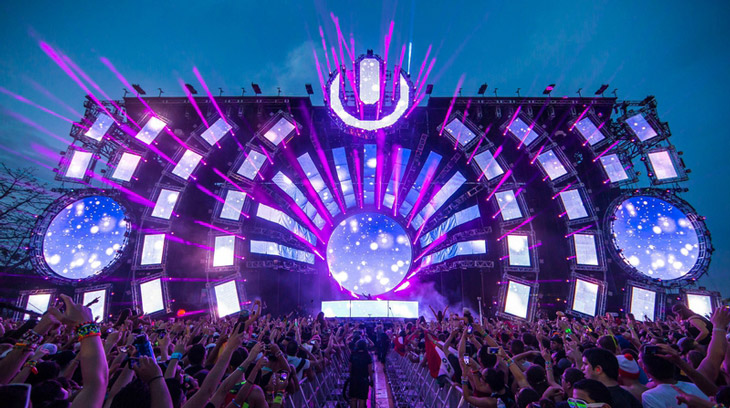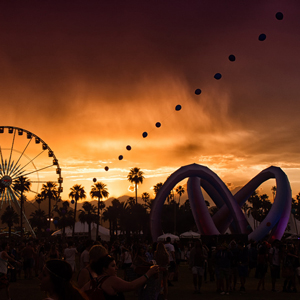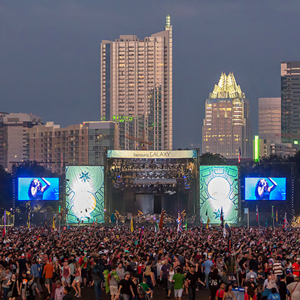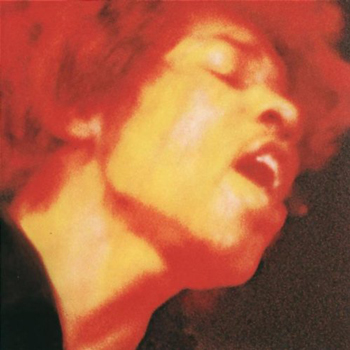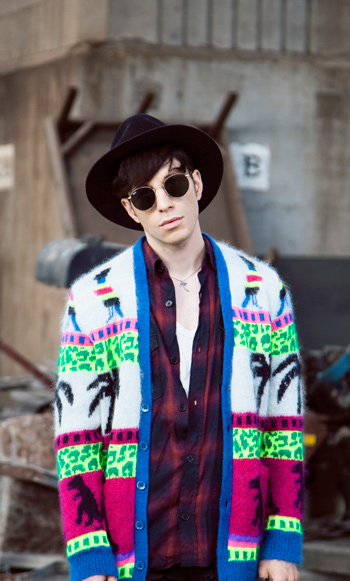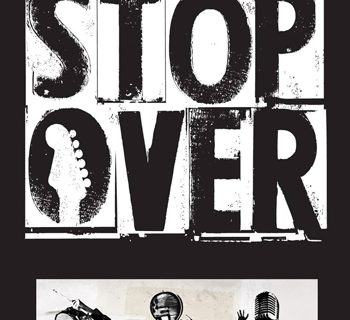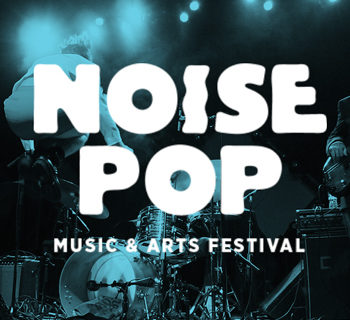With the winter chill settling into the country, music festival season has officially come to a close. Looking back, however, from Lollapalooza to Austin City Limits, I can’t name a single stand out moment amongst the blur of boho-chic sundresses, oversized sunglasses, $10 beers, and indie bands and mega-rappers with surprise guests (is it really a surprise if it happens every year?).
Indeed, each big flower-crown-wearing blob is becoming only distinguishable by the cost of the plane ticket and the money funneled in by corporate sponsorship, which in North America has gone from $1.09 billion to $1.34 billion just from 2010 to 2014 (you can thank Coca-Cola, Anheuser-Busch, and PepsiCo, the three largest sponsors of festivals, for your most recent life-changing summer experience).
32 million people now attend music festivals each year according to Nielsen’s Audience Insights Report on Music Festivals. Between Paris Hilton showing up at Burning Man (arguably the only festival that’s survived without commodification) with an entourage of stylists and photographers, and H&M launching an entire line of Coachella-branded clothing, fest culture has obviously gone mainstream.
In fact, it may be worse than that. Recent buying sprees from live entertainment tycoons Live Nation and AEG have brought music festivals past corporatization into an age of monopolization. Live Nation is the clear reigning King, the Wal-Mart of music festivals, if you will, with ticket sales totalling 29.26 million in 2015 according to a Statista report. Its only real competitor, AEG, barely made half that (14.73 million). The rest of the top festival promoters sit around a measly 1-3 million.
Live Nation now promotes over 25,000 festivals and concerts, including four of the top five largest (AEG promotes the largest, Coachella). Just in the past couple years, Live Nation has acquired a majority stake in Bonnaroo; all of C3’s events (promoters of Lollapalooza and Austin City Limits, among others); and Insomniac, the company that produces massive EDM events like Electronic Daisy Carnival. It’s hard to overstate the domination.
With monopolization comes homogenization. Lineups look almost identical across the nation’s biggest fests, to such an extent that SPIN was able to create a venn diagram showing that 46 artists overlapped between just three of the big music fests (Coachella, Governor’s Ball, and Bonnaroo) in 2014. Bands now build their tours around the “festival circuit” and differences in lineups are boiled down to a couple swaps in big names – which of the big headliners will we snag this year, Kanye, Mumford and Sons, or a washed up ‘80s band that decided to do a reunion?
A Live Nation buyout even happened to the underdog champion for independent music festivals, Governor’s Ball, recently. GovBall managed to break attendance records on Governor’s Island in their first year back in 2011 as an independent fest with little start-up capital. Eventually, the big boys (AEG) wanted a piece of the pie and moved into Governor’s Island this year with Panorama – same venue, similar lineup, only weeks after GovBall. There was a lot of worry about whether or not GovBall could compete with the Coachella founders, who were able to score one of the most talked-about headliners of the year, LCD Soundsystem, by promising a lucrative contract with another slot headlining Coachella as well as other fests.
Before Panorama even took place, GovBall was made an offer it couldn’t refuse, either because it felt threatened by its competitor, or because of the status of the company making the offer – none other than Live Nation.
Nowadays independent festivals need big backers not only to grow, but often to even survive. First of all, festivals require huge amounts of capital and up-front investment. Headliners’ fees have increased as much as 400% in the past 10 years. Governor’s Ball co-founder Jordan Wolowitz tells Billboard Magazine, “Now that the festival scene has blown up to such extremes and there’s been such a gold rush behind it, I know that first-year festivals are treated differently now. Agents usually ask for 100 percent of the guarantees before the artists arrive at the festival. We weren’t subject to things like that [when we launched in 2011]; if we had had to pay the entire talent budget, we probably would have had to go seek outside funding, because we only had $150,000 in the bank the day we started.”
But aside from the obvious costs, there’s the immense task of setting up an entire infrastructure for what is essentially a temporary city – electricity, stage and sound, sanitation, security, police force, toilets, water stations. One organizer of a major UK festival tells The Guardian that they spend £30,000 (roughly $37,000) just to take out the trash.
Even if organizers can muster up these massive investments, they still have the fact that music festivals are one of the most high-risk industries out there. You spend an entire year planning and investing for something that relies entirely on the outcome of 3–4 days. Weather causes festivals to cancel regularly, or, if they don’t, face the debacle that TomorrowWorld faced in 2015, when a storm left hundreds of festival-goers stranded in the mud and rain overnight. The following year, the promoters ended up cancelling the festival and filing for bankruptcy. So, when an indie fest goes up against weather emergencies or massive competitors, they stand almost no chance of surviving without a big investor on their side.
In a way, the festival boom is not unlike the tech boom – a proliferation of hopeful start-ups trying to make it in a saturated but popular, highly-competitive market. Even Burning Man seems to be turning into some sort of Silicon Valley corporate retreat for Forbes list billionaires, with Google execs and even Facebook’s Mark Zuckerberg turning up.
But there will always be disruptive new start-ups and niche festivals. If you want a festival for femme punks, for Viking re-enactments, or one that literally takes place underwater in the ocean, they’re all out there. As Bonnaroo co-producer Rick Farman tells Billboard Magazine, “I think you will always have innovators in this space.” In fact, independent music fests are starting to spread to every corner of the world, from Envision Festival in Costa Rica to Oasis Festival in Morocco (Live Nation executives told the Financial Times that they’re still seeking acquisitions, and that “Asia and Latin America are particularly ripe for more.”)
But there will always be disruptive new start-ups and niche festivals.
It’s worth considering though, that perhaps larger-than-life mega-fests aren’t such a bad thing. How valuable are unity and peace if they’re only achieved amongst a small group of like-minded people closed off from the rest of the world? Coachella and Glastonbury Festival may look the same, but the experience within these massive global events is a real melting pot of all kinds of subcultures, genres, ages, and nationalities. When counterculture values go mainstream they get watered down, but they also get diffused out to a greater population.
In a way, the evolution of music festivals mirrors the greater, post-globalization world itself, the new message being: embrace change, embrace diversity, and embrace the multitude of identities and values that exist in our global world. If you don’t, you simply won’t survive, because you’re fighting against the future.

